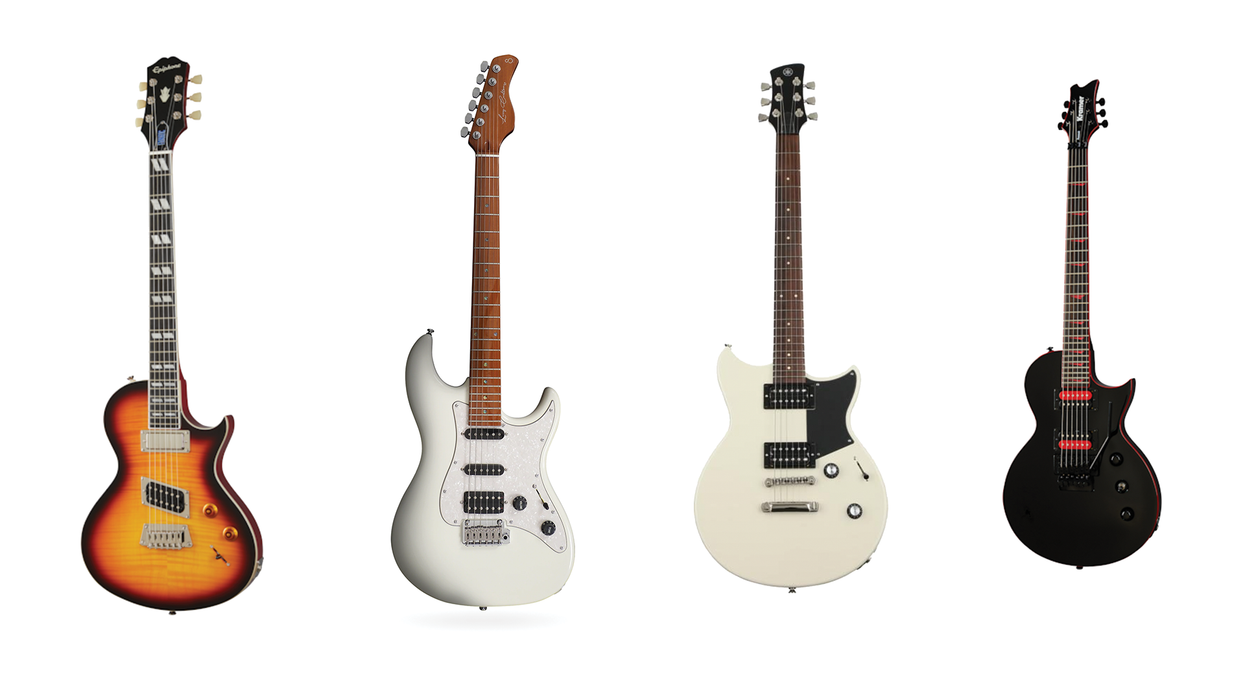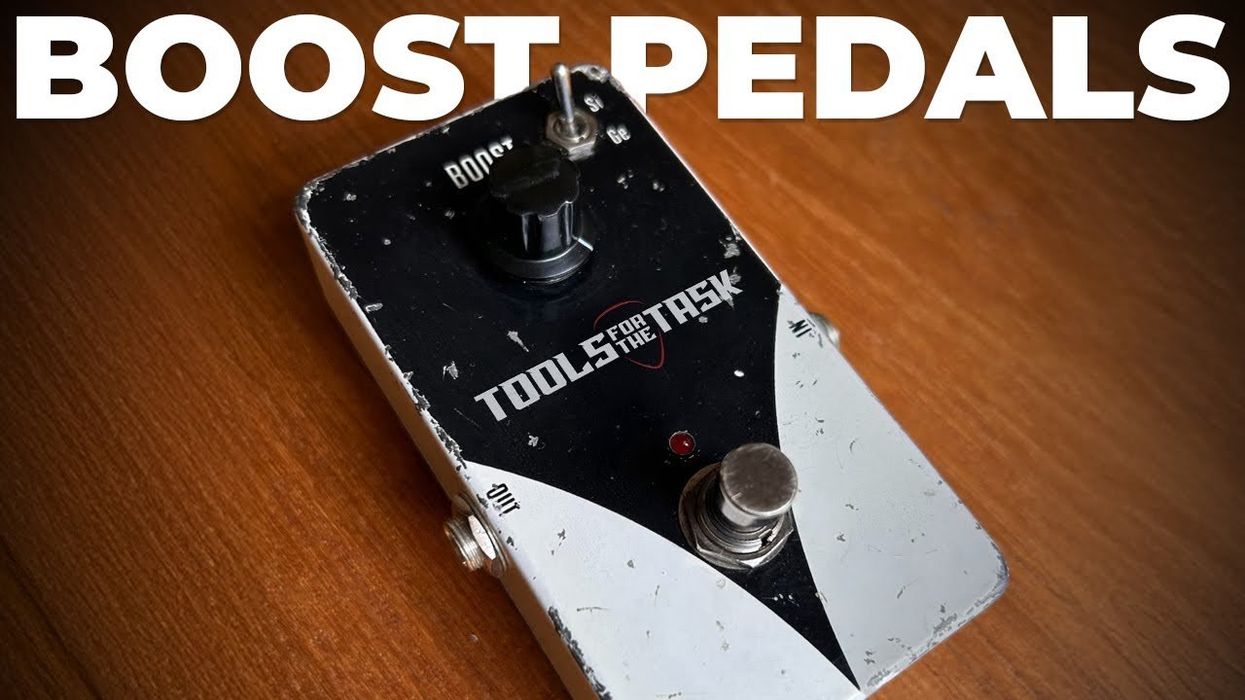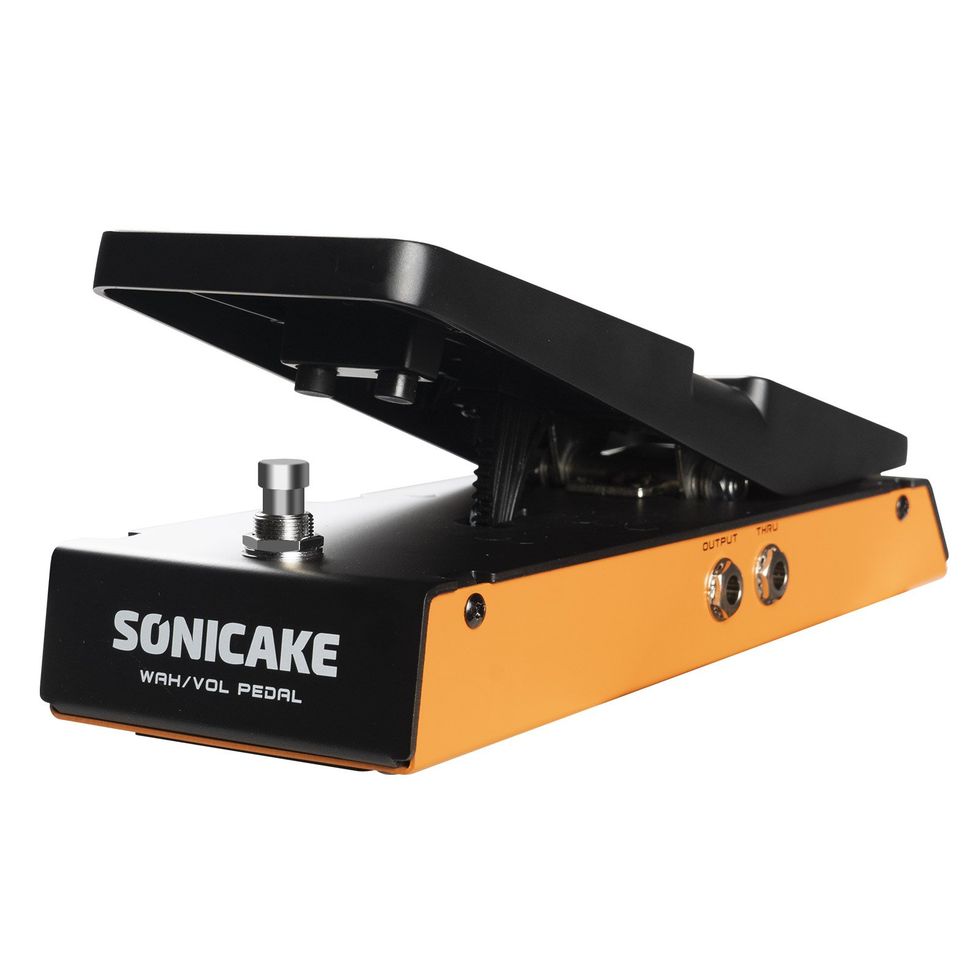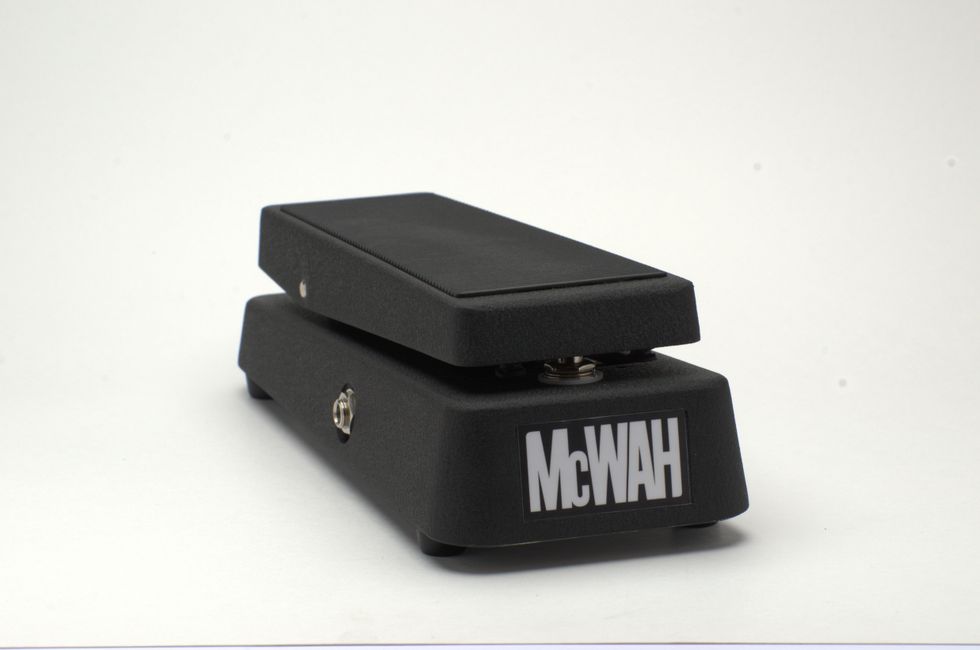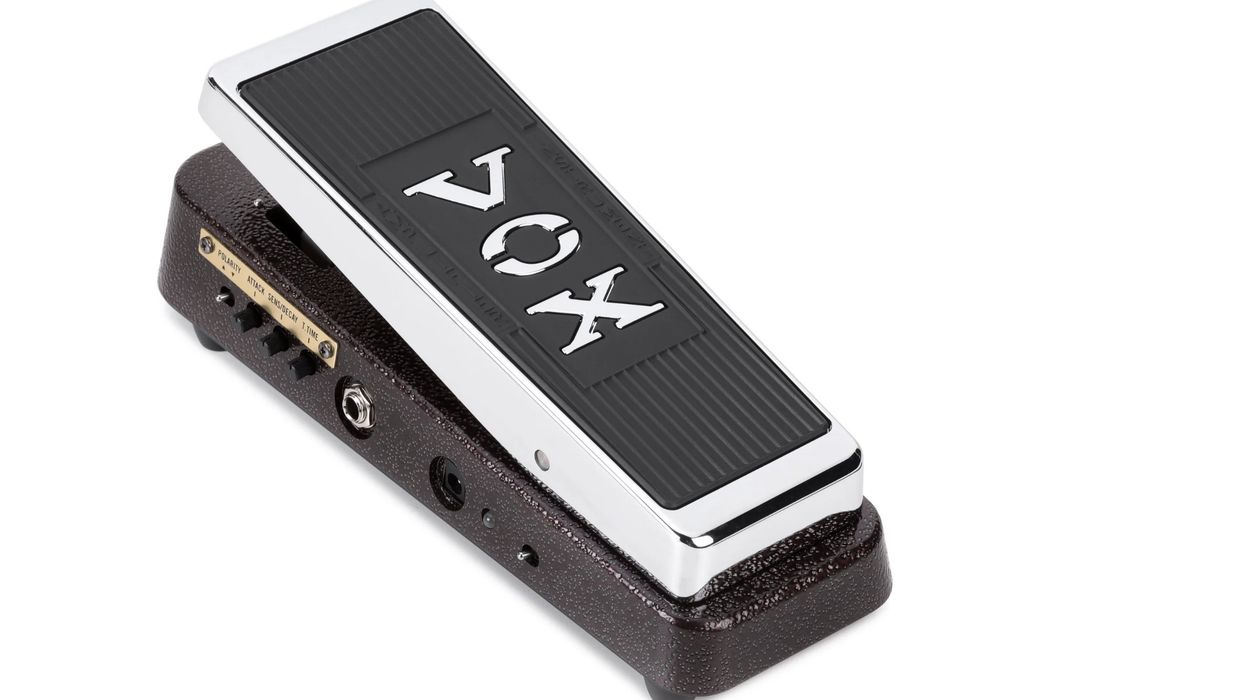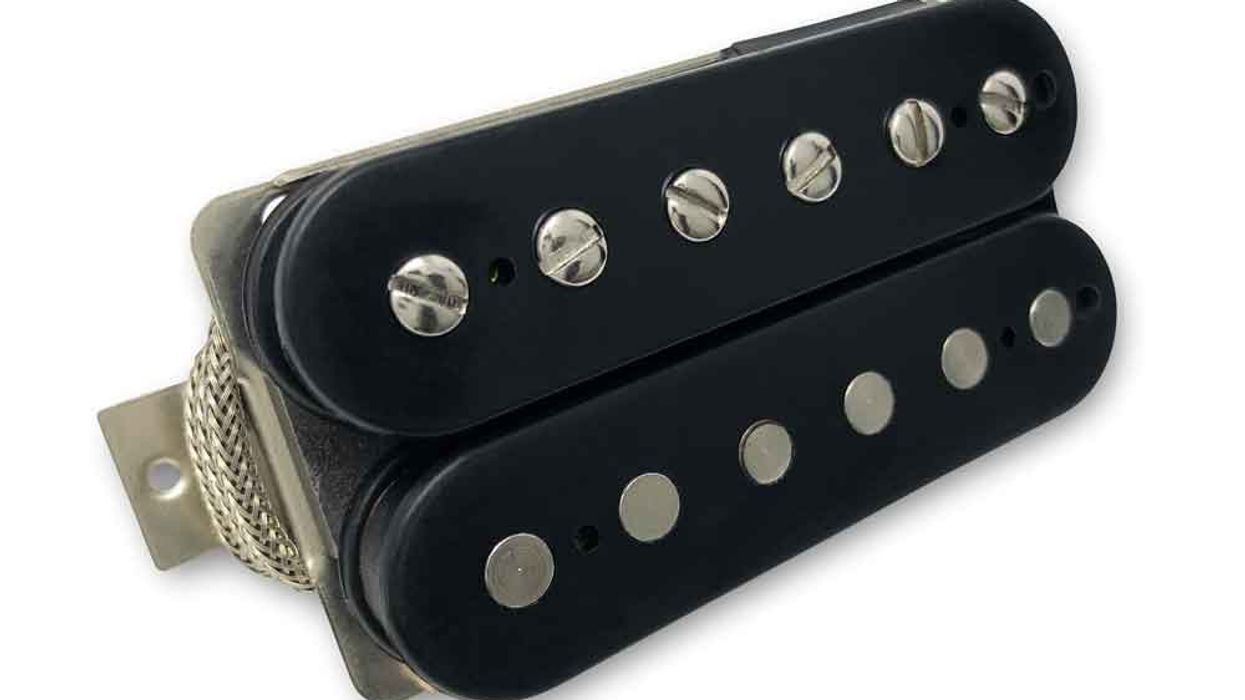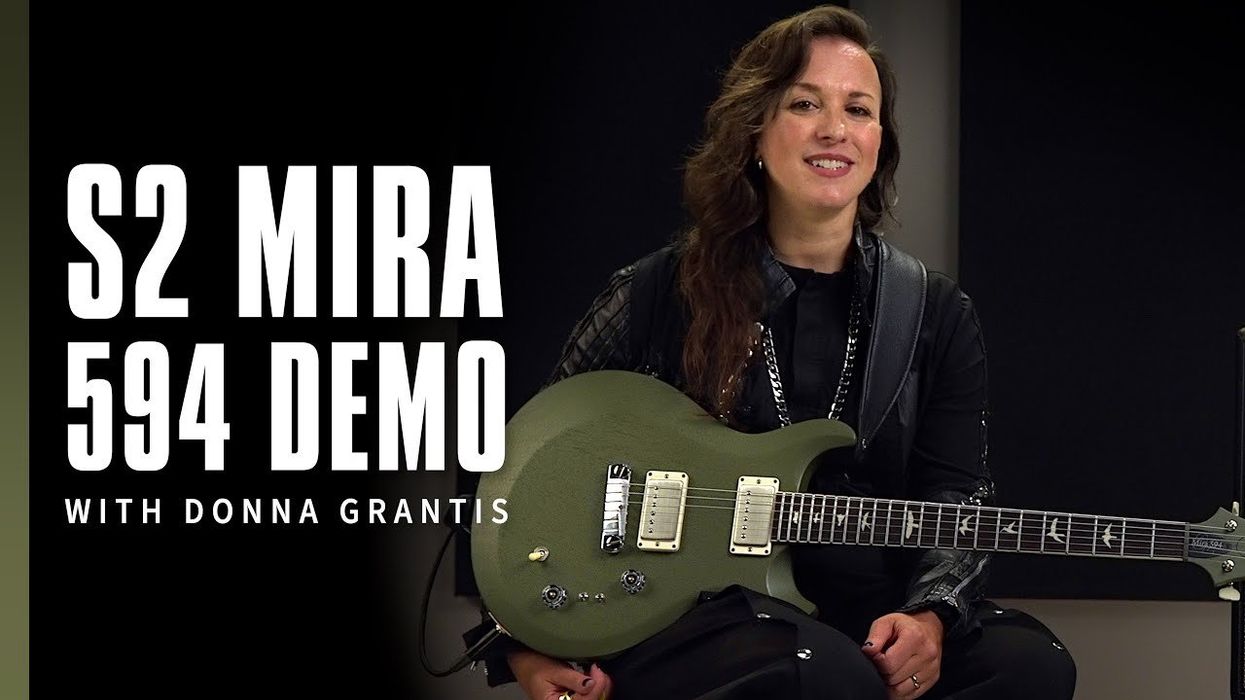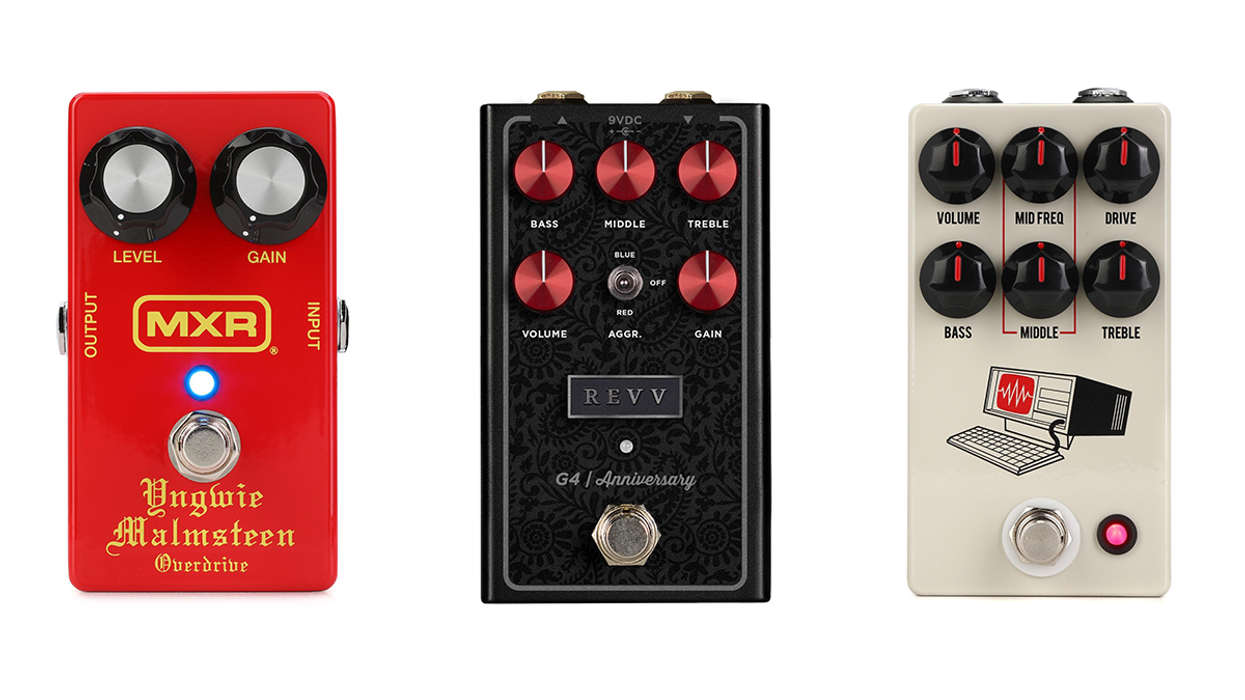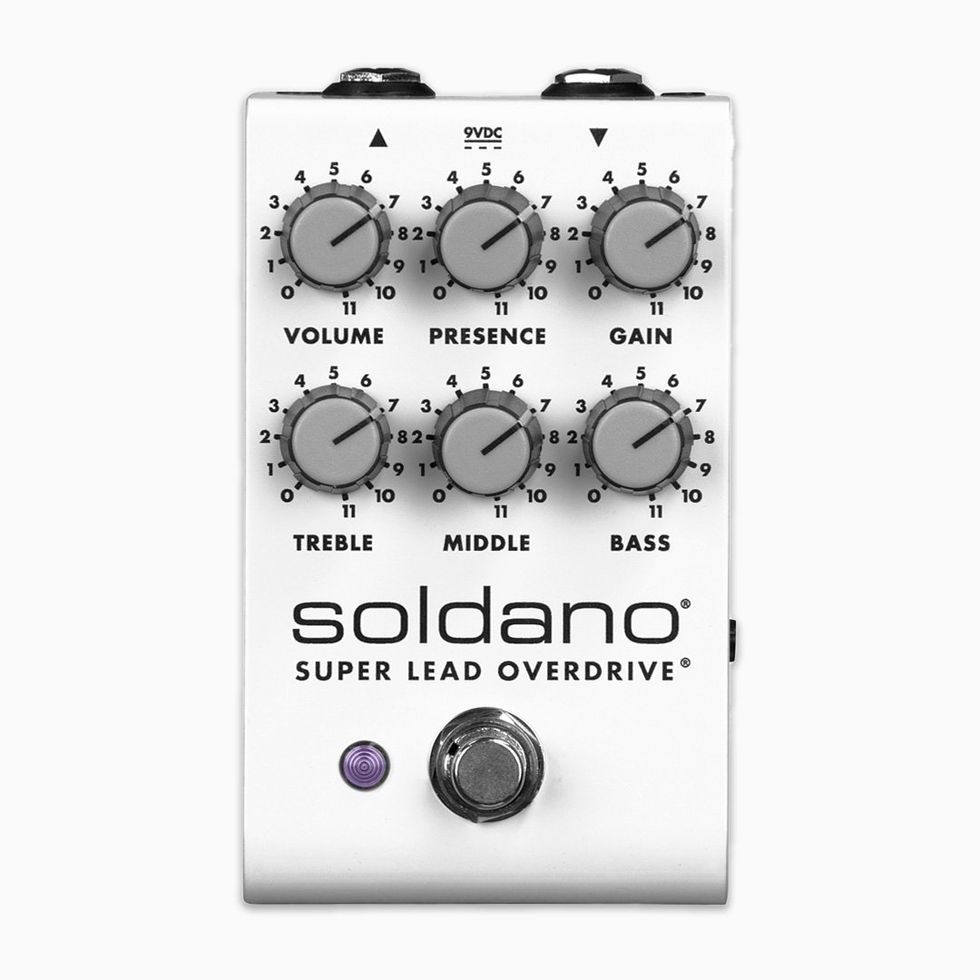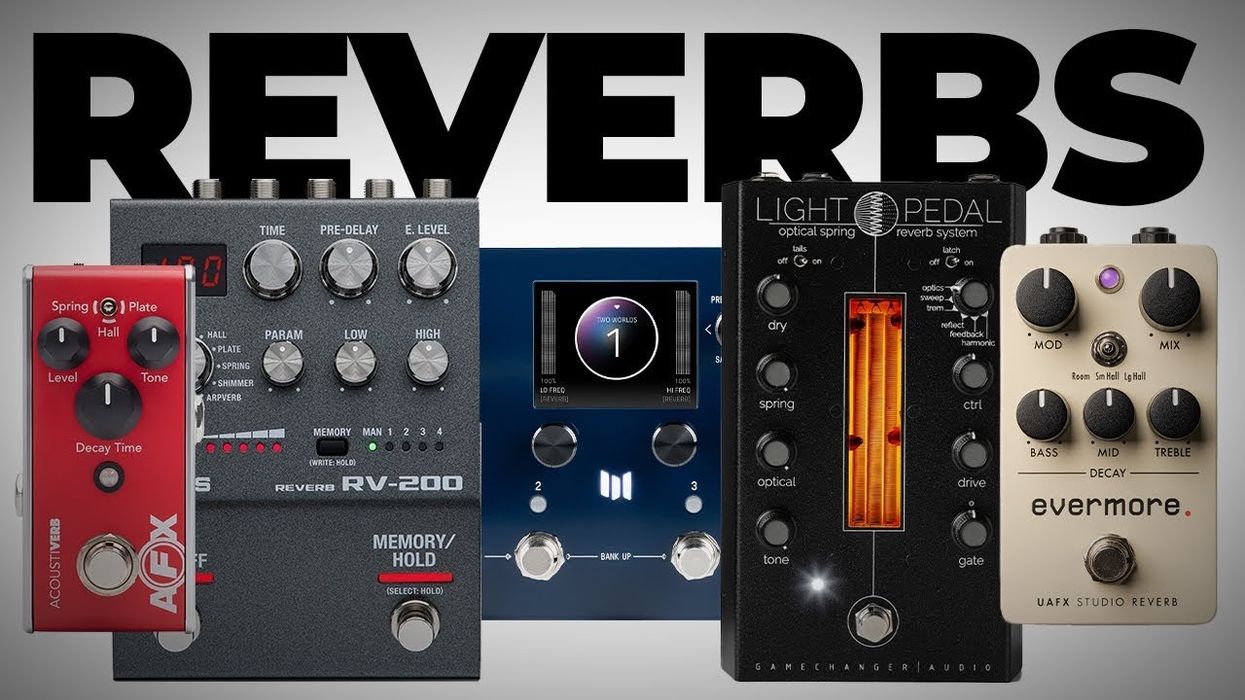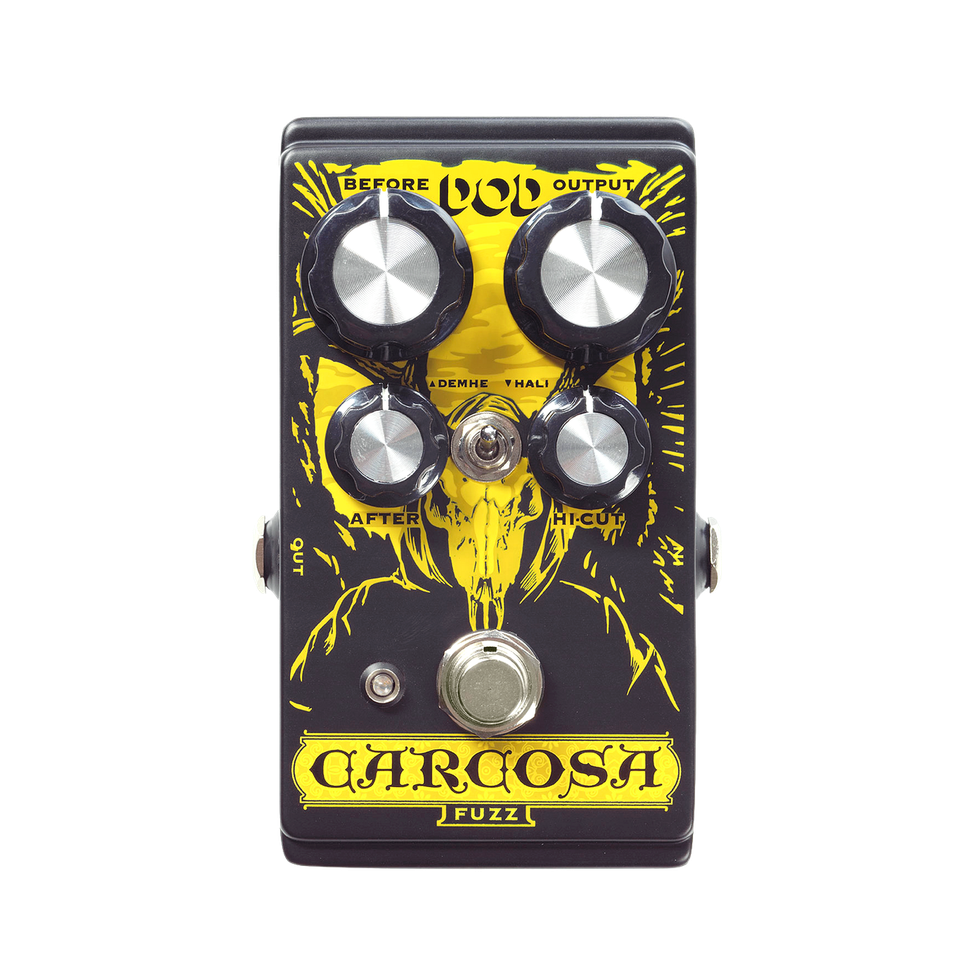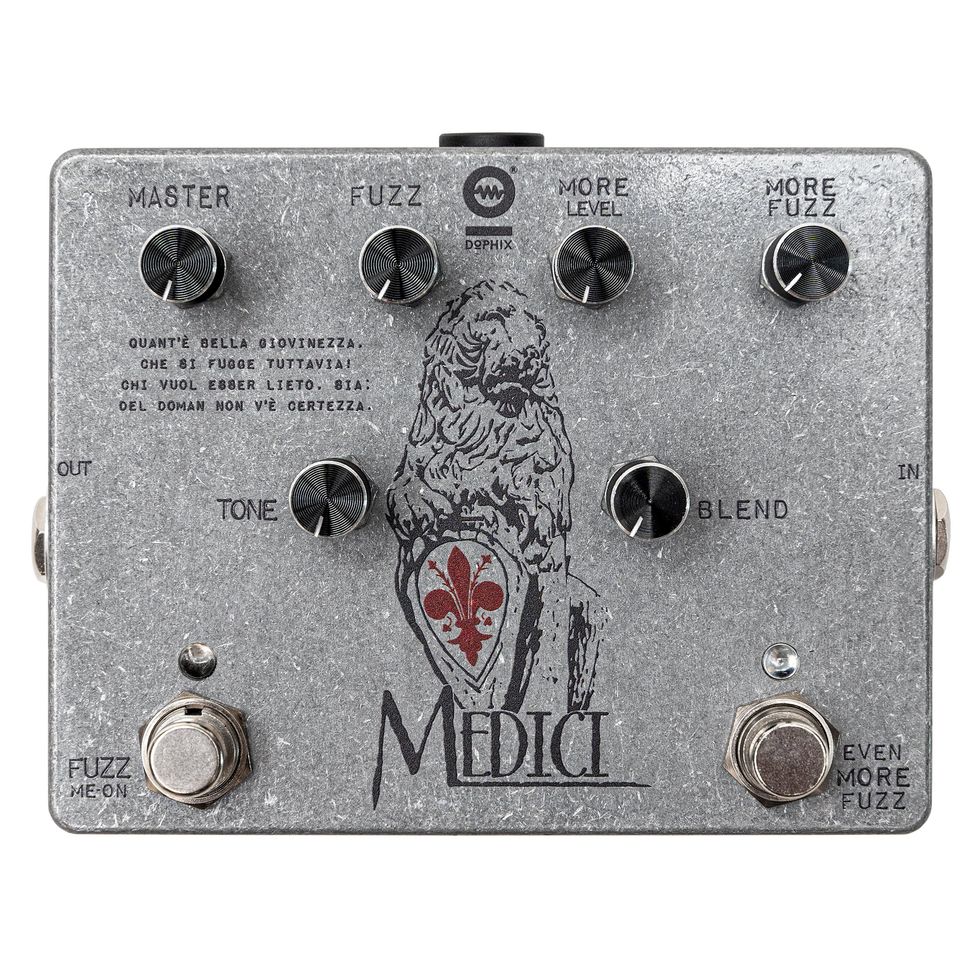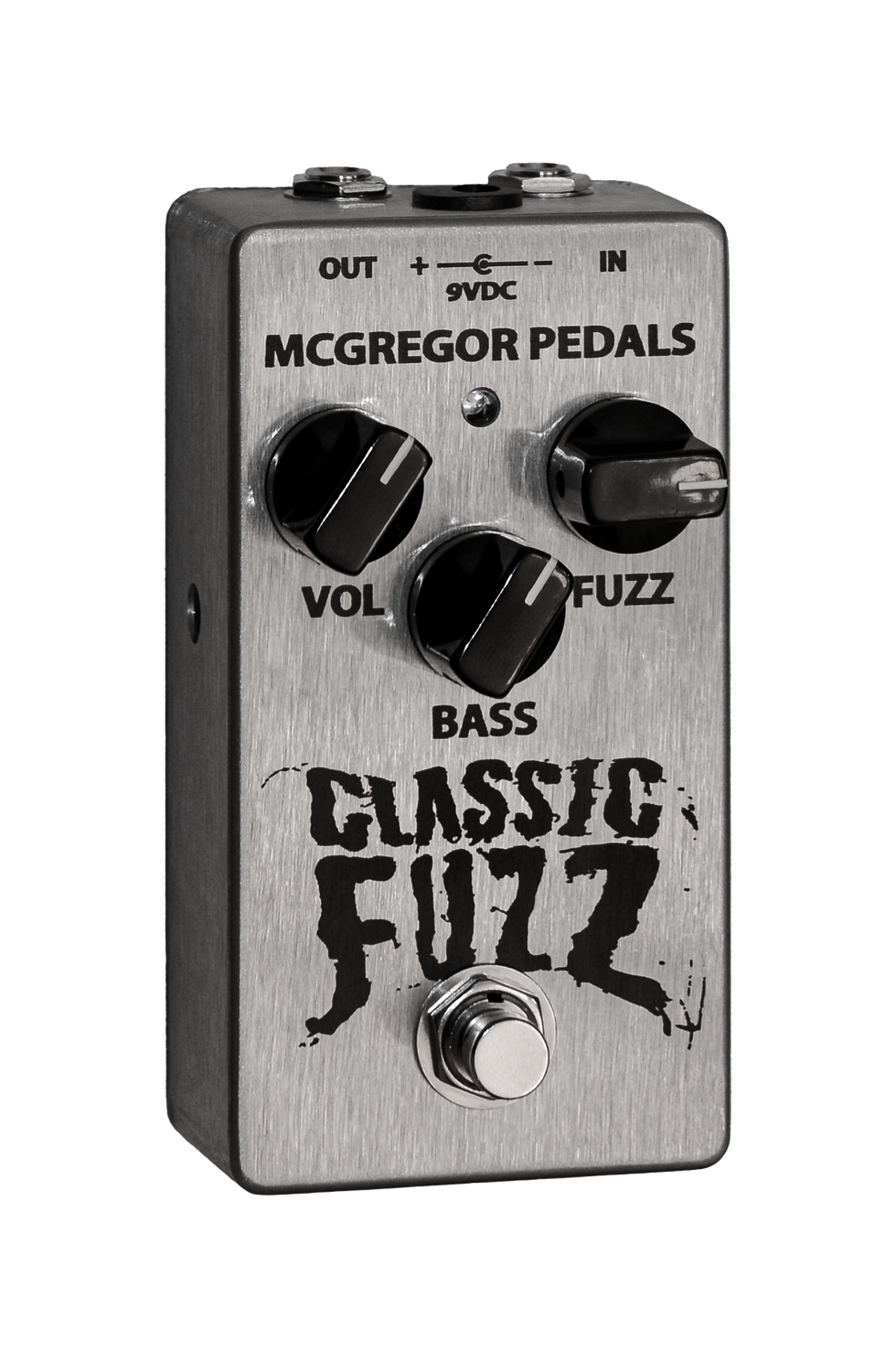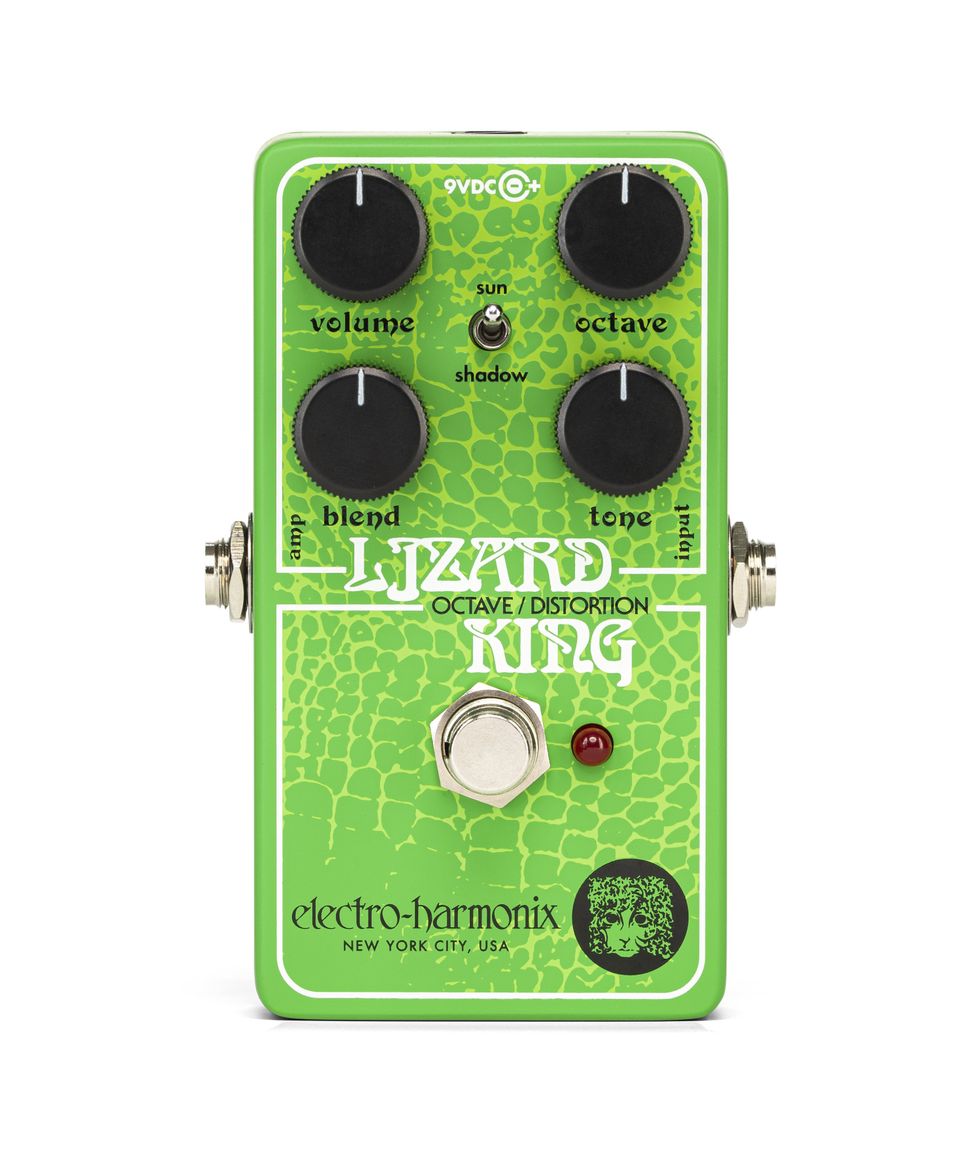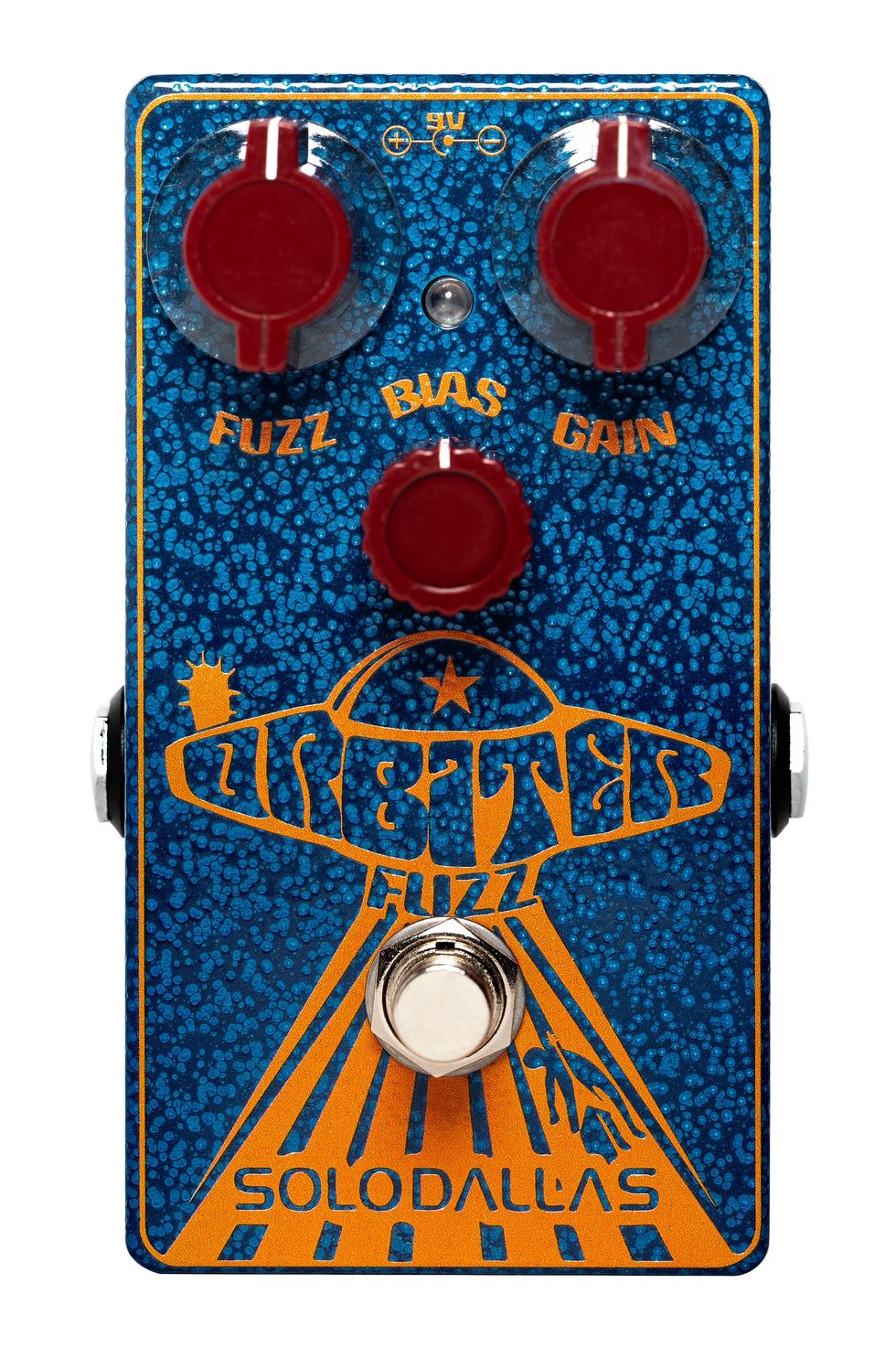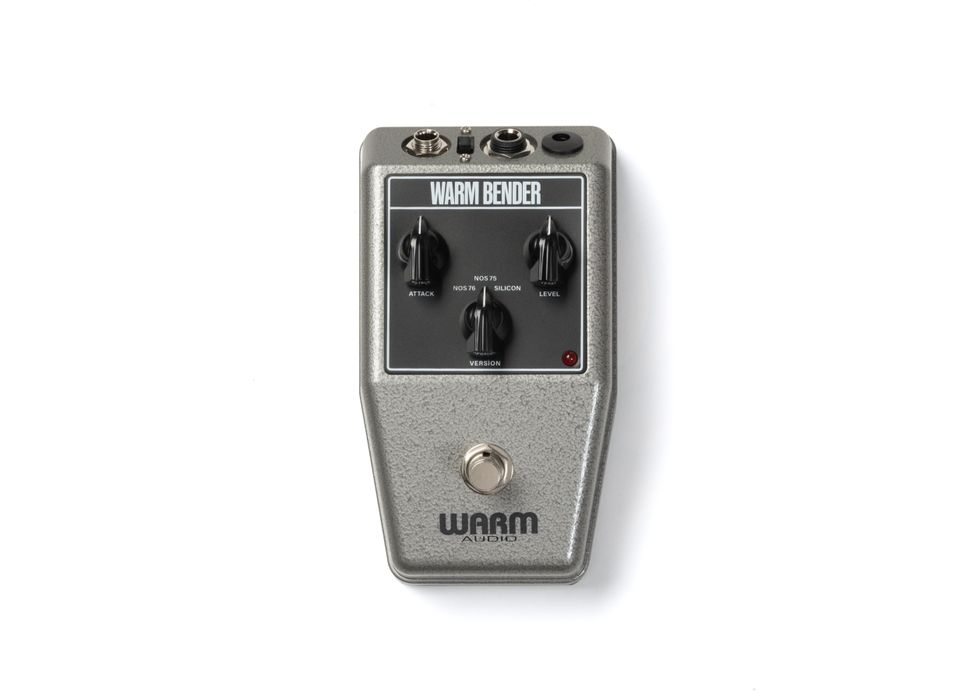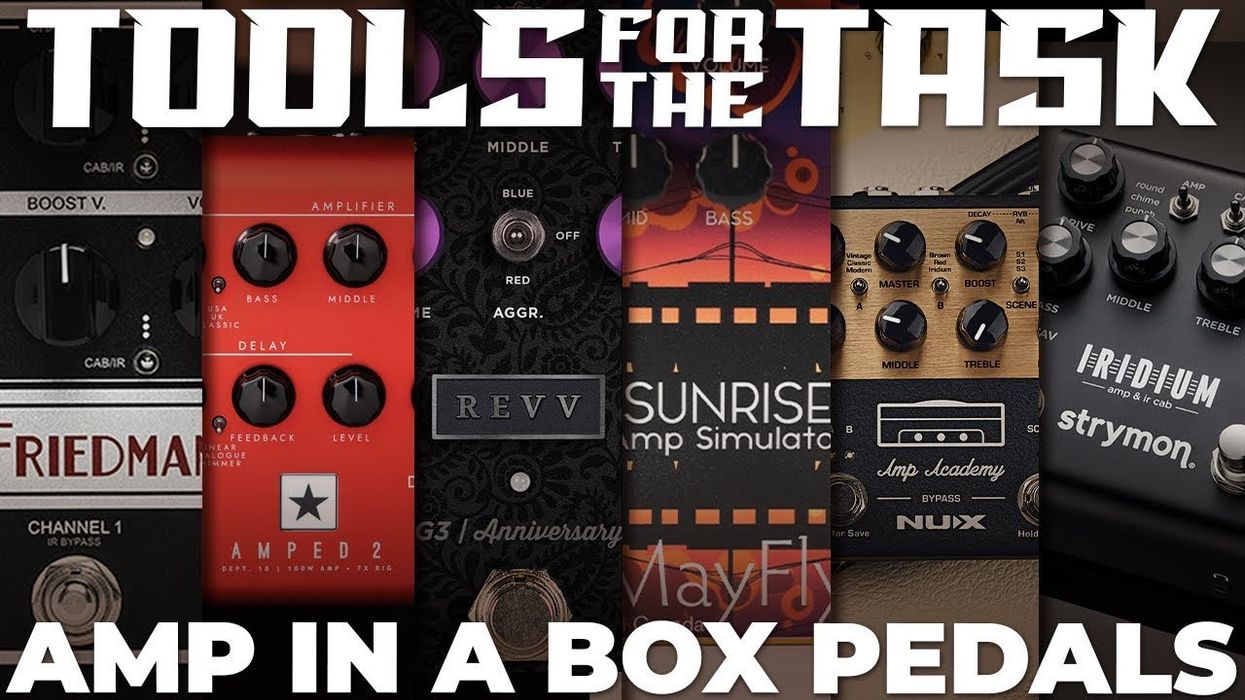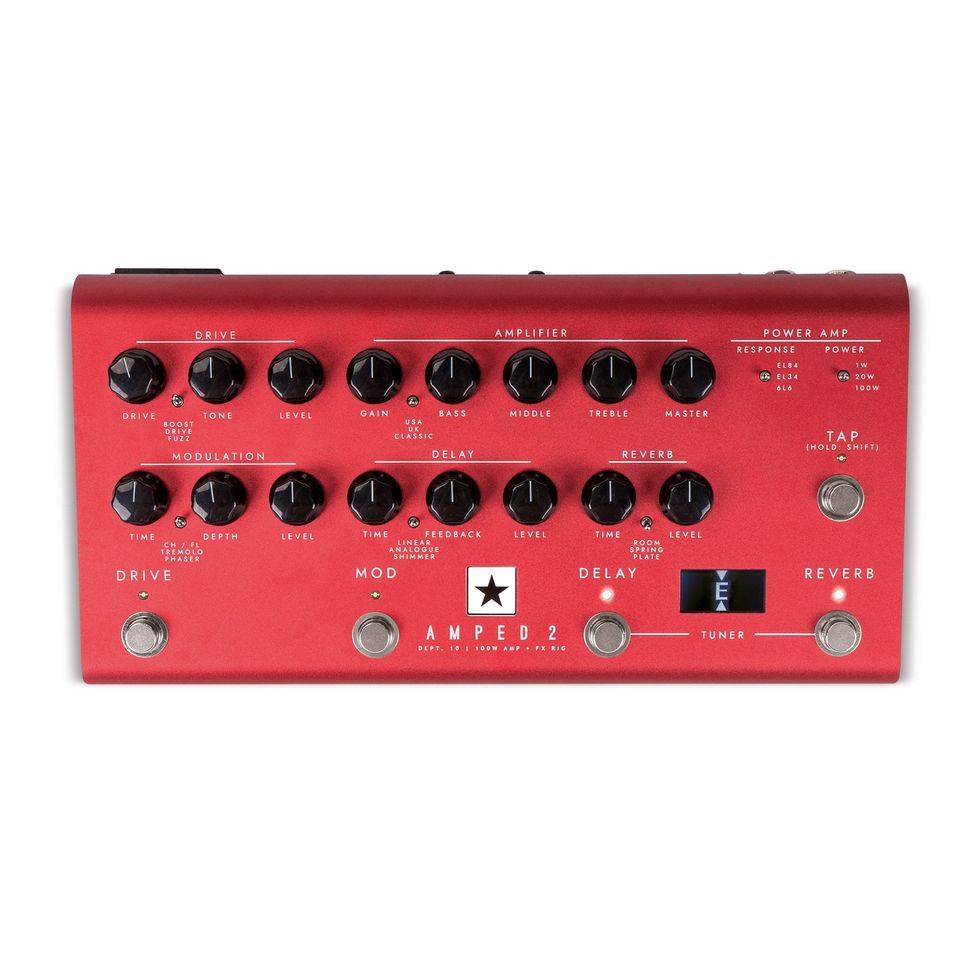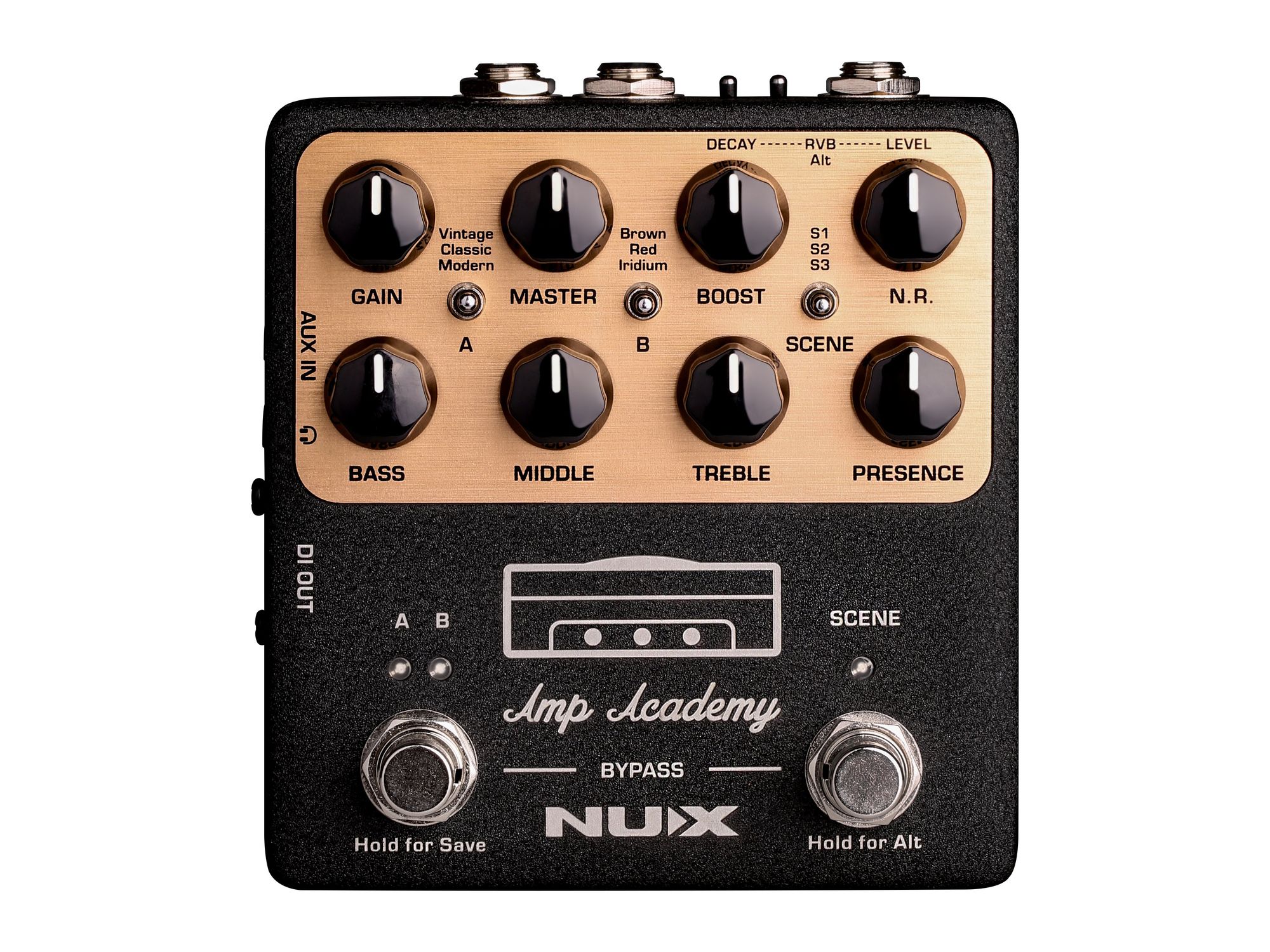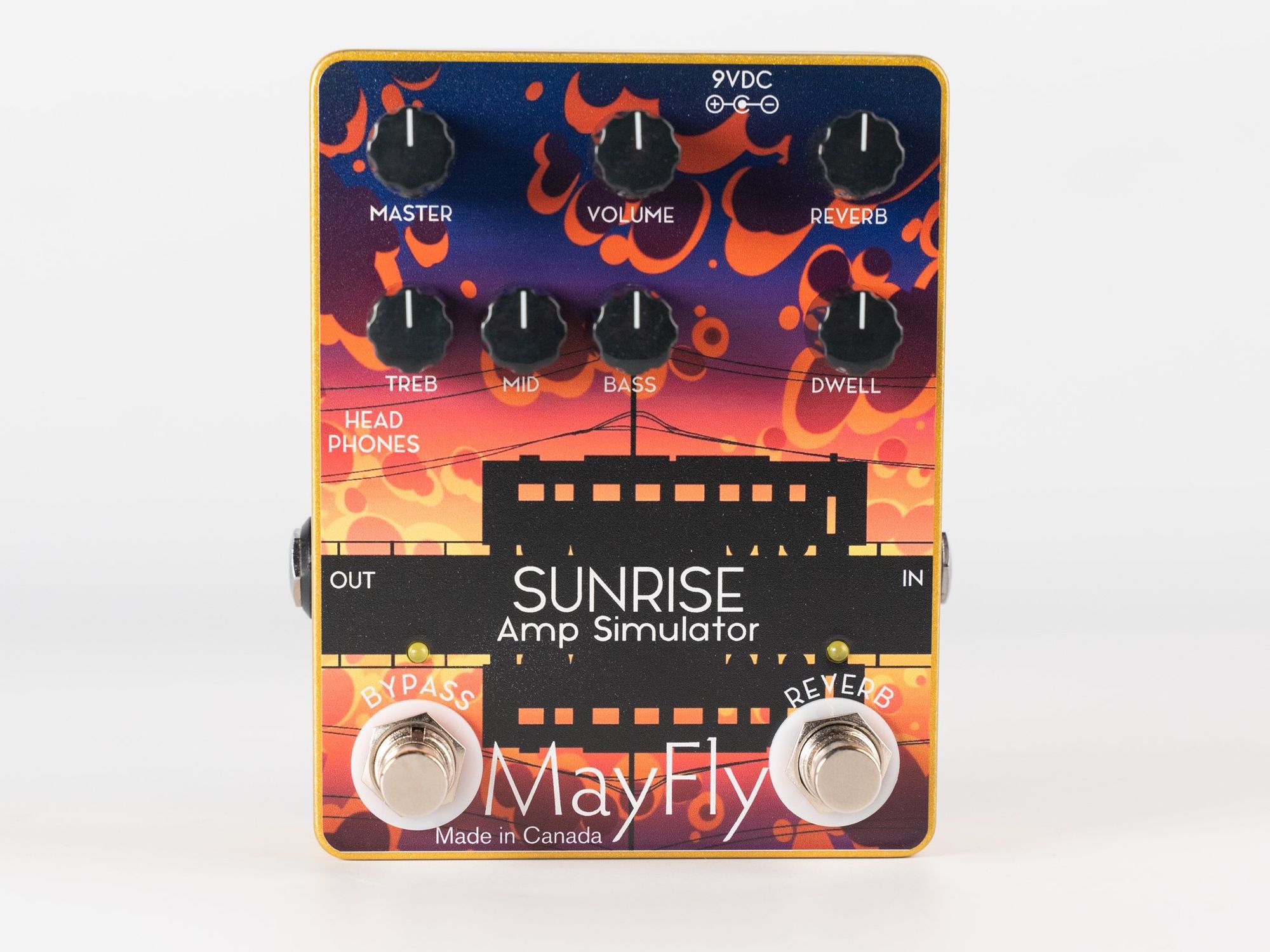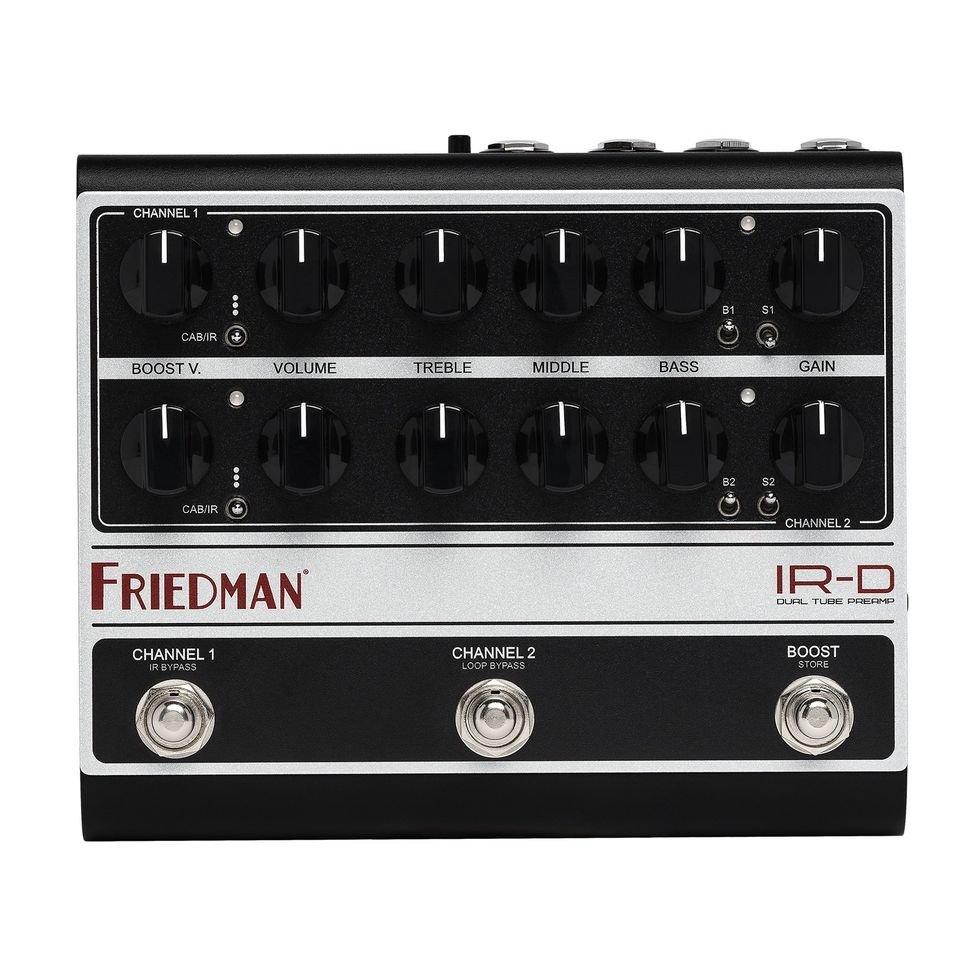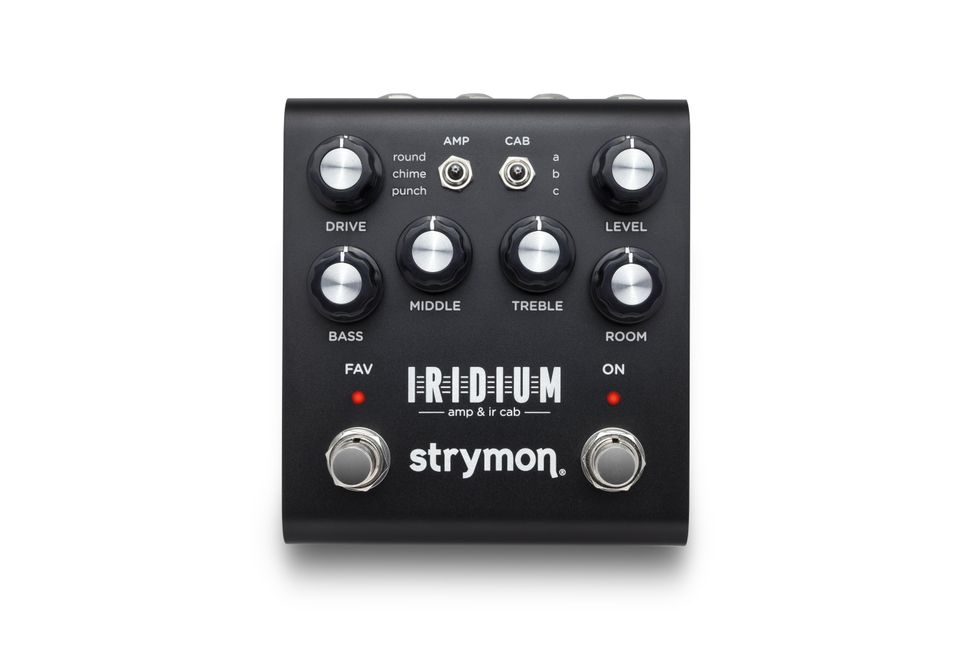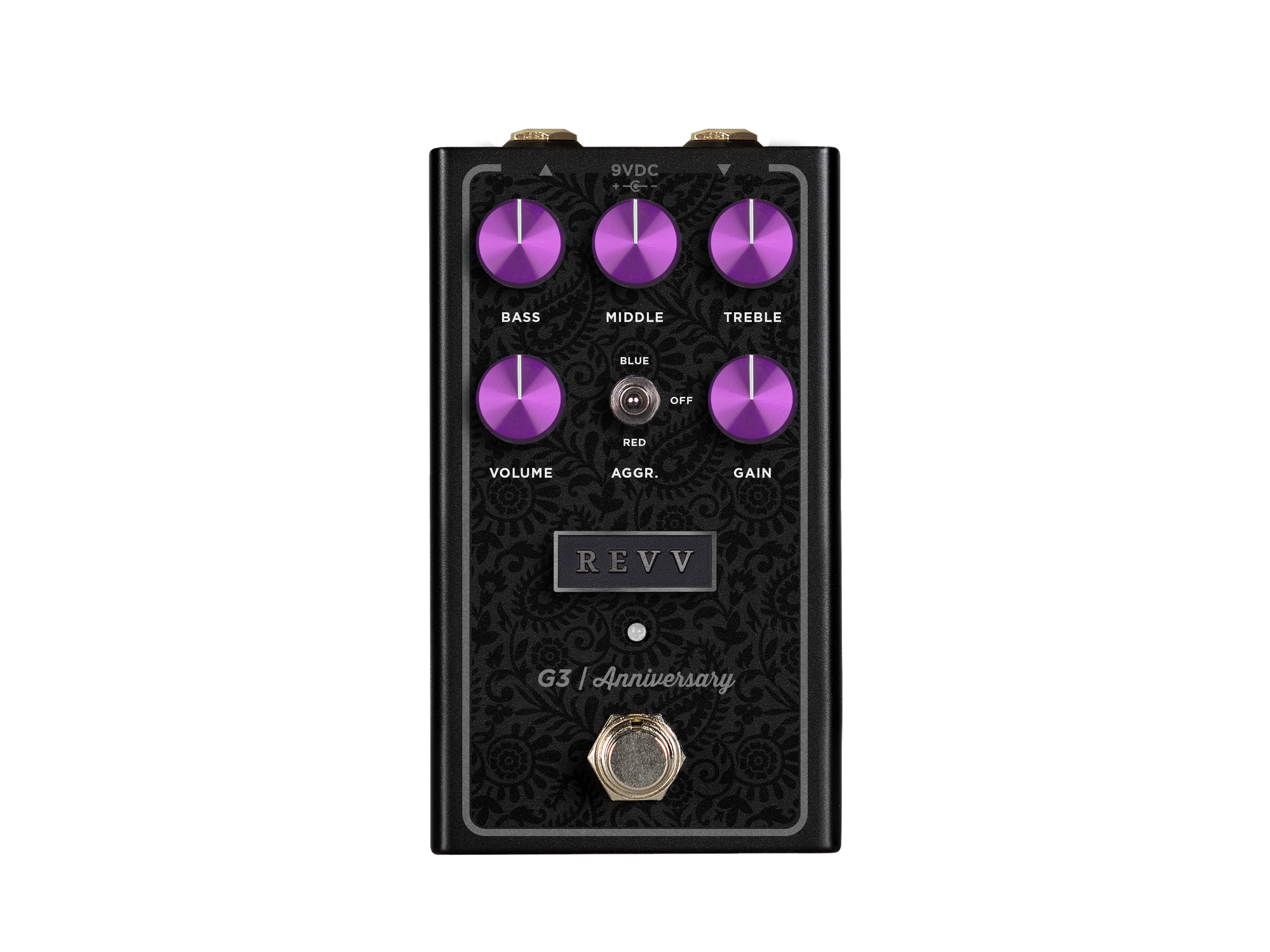There has never been a better time to get your hands on a gig-ready guitar without breaking the bank. Sure, we’ve all lusted after the high-end models, but these 10 guitars balance affordability, features, and construction.
Squier J Mascis Signature Jazzmaster
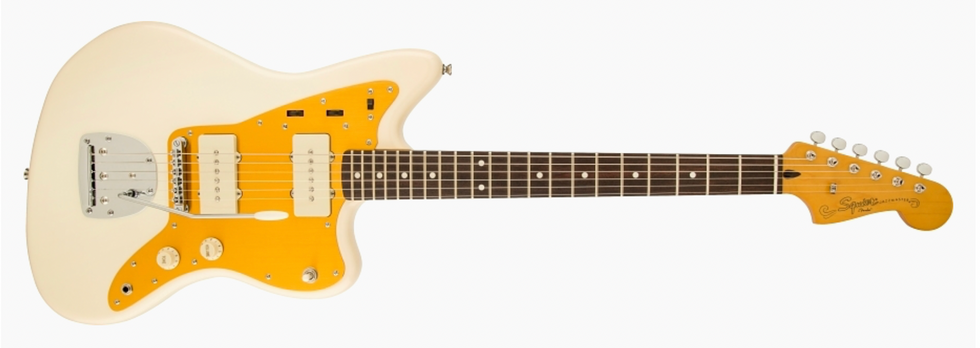
This affordable signature Jazzmaster from Dinosaur Jr.’s famed dealer of decibels offers the traditional lead and rhythm circuits à la vintage JMs, but pairs that with an Adjusto-Matic bridge and a slightly wider nut.
$499 street
Jackson Dinky Arch Top JS32Q DKA
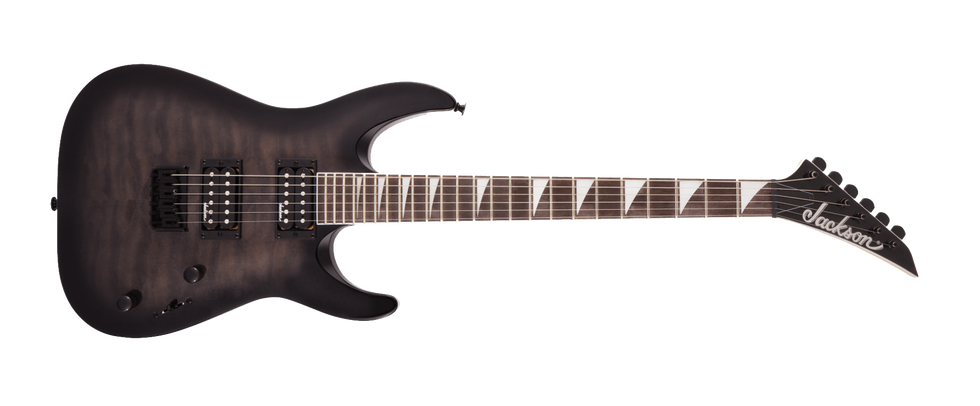
This sleek shred machine builds on Jackson’s Super-Strat lineage with a 24-fret compound radius neck that’s smooth and fast. It’s loaded with a pair of the company’s high-output humbuckers. One twist: This particular model comes as a hardtail. Dive bombers need not apply.
$299 street
Epiphone Nancy Wilson Fanatic Outfit
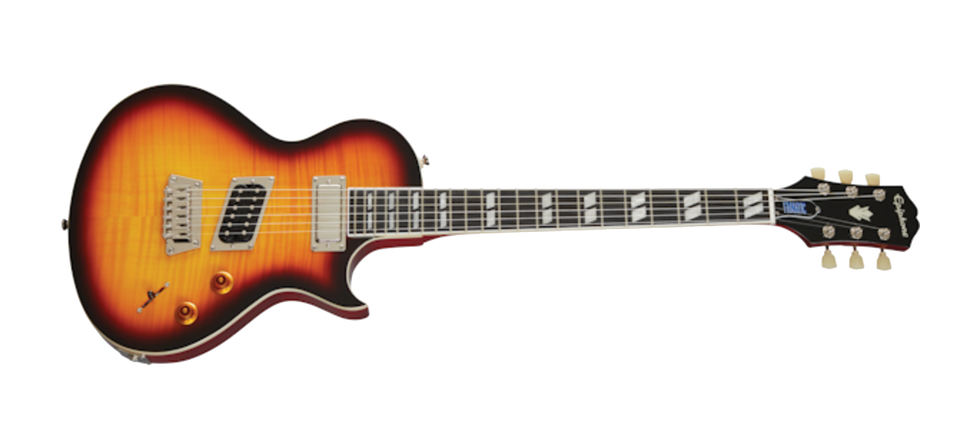
Heart’s lead axe-wielder brought back her classic signature model this past year. The mahogany body is based on the NightHawk and has a figured maple veneer top. Other highlights include a pair of ProBucker pickups (FB720 and 3 Slant), through-body construction, and twin parallelogram inlays.
$579 street
epiphone.com
ESP LTD SN-200HT
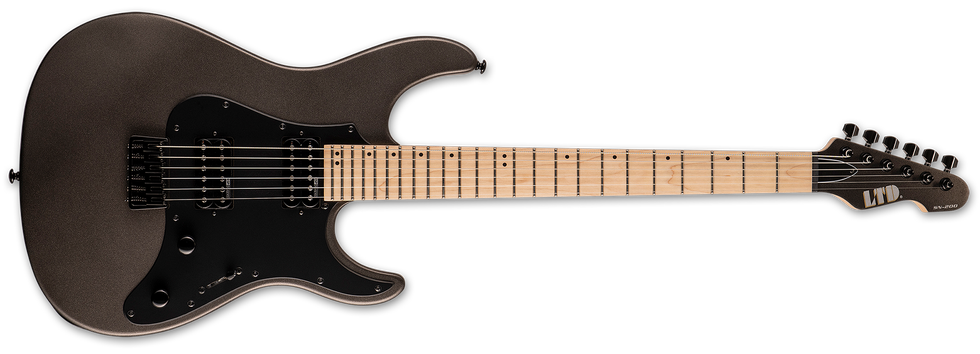
Although this is definitely a modern speed demon, the traditional styling shines through with a basswood body and maple neck. It’s outfitted with a charcoal metallic finish, thin neck, and a push/pull tone knob. The guitar comes loaded with ESP LH-150 pickups and a fixed bridge.
$449 street
Kramer Assault 220
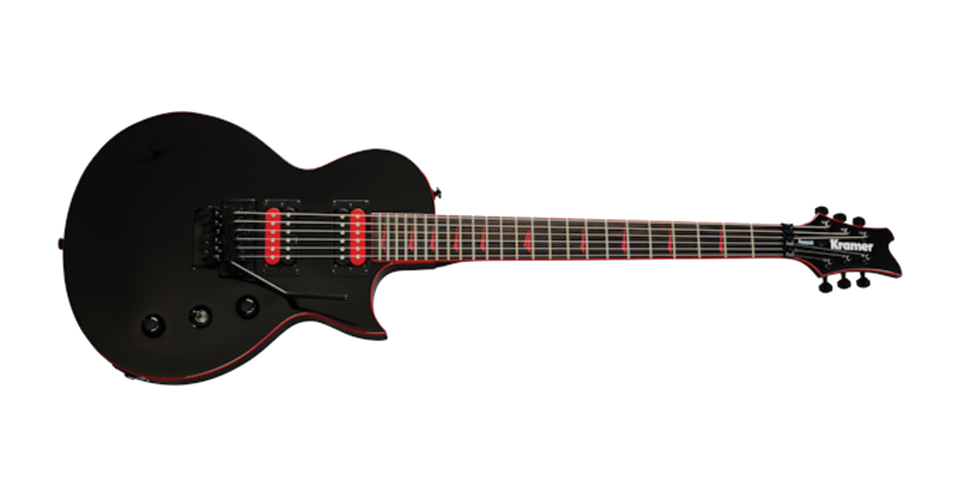
The classic lines in this Les Paul-shaped body are tried and true, but Kramer has updated it to create a modern-rock marvel. A mahogany body and licensed Floyd Rose tremolo with locking nut are highlights, while other features include alnico V humbuckers, K-Speed SlimTaper “C” neck, and 24 medium jumbo frets.
$379 street
Gretsch G2215-P90 Streamliner Junior Jet Club
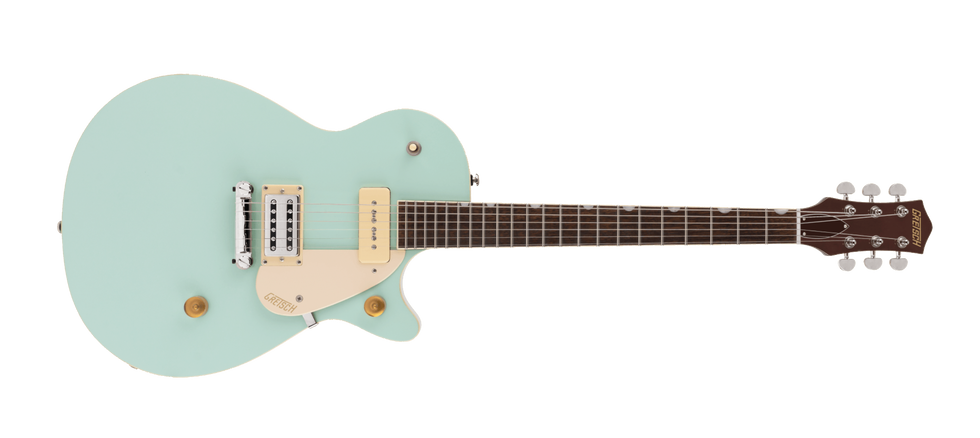
A mix-and-match approach can always open up new creative pathways and this particular Gretsch solidbody combines a Broad’Tron BT-2S with a P-90 Soap Bar. The wraparound bridge is anchored to a nato body with an aged white binding.
$399 street
Ibanez AZES40

Born out of the higher-end AZ series, this budget HSS guitar aims to cop the same vibe and feel of its more boutique counterparts. They are available in three colors, each loaded with ceramic pickups, T106 bridges, and Jatoba fretboards.
$349 street
Sire Larry Carlton S7
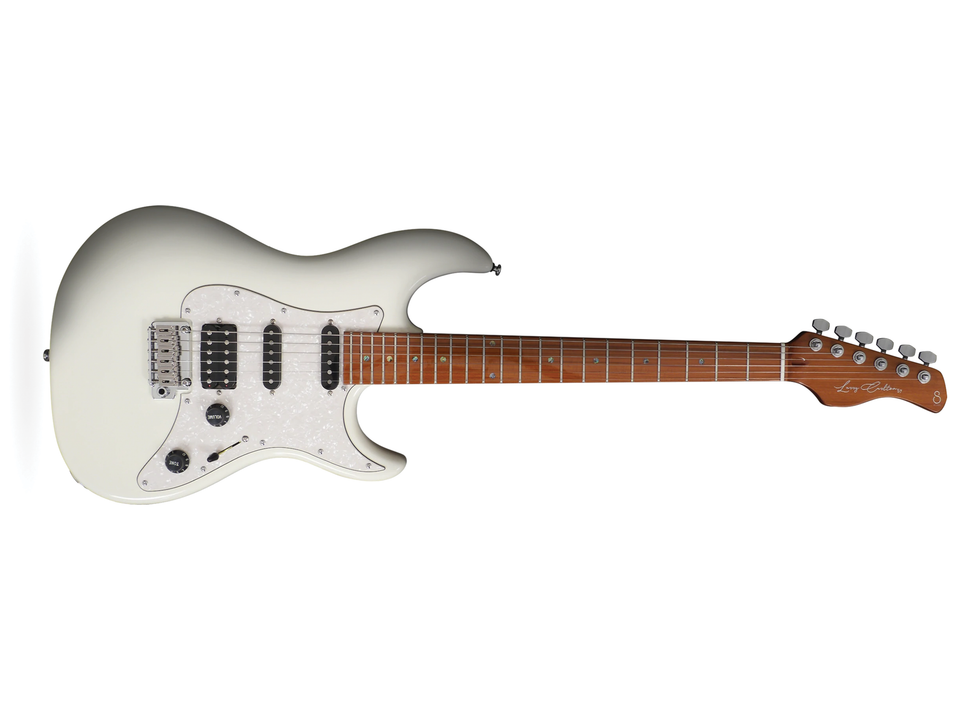
One of the newest models in Carlton’s line of signature models is this S-style setup featuring an HSS pickup array. Other highlights include a roasted maple neck, alder body, bone nut, and a 2-post tremolo bridge.
$599 street
G&L Tribute ASAT Classic
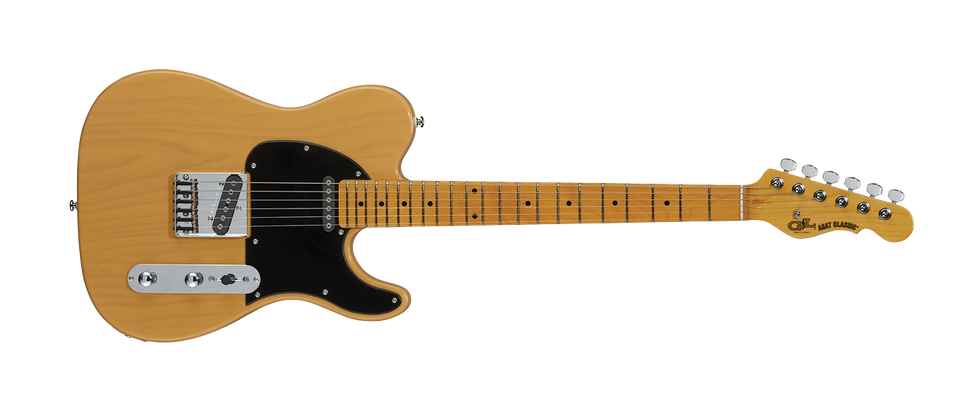
Built upon the bones of Leo’s timeless T-style designs, this ASAT Classic offers bolt-on construction, sassafras or poplar body, and a hard rock maple neck. As the name suggests, even the pickups pay homage to Leo’s design with a pair of MFD single-coils.
$589 street
Yamaha Revstar RS320
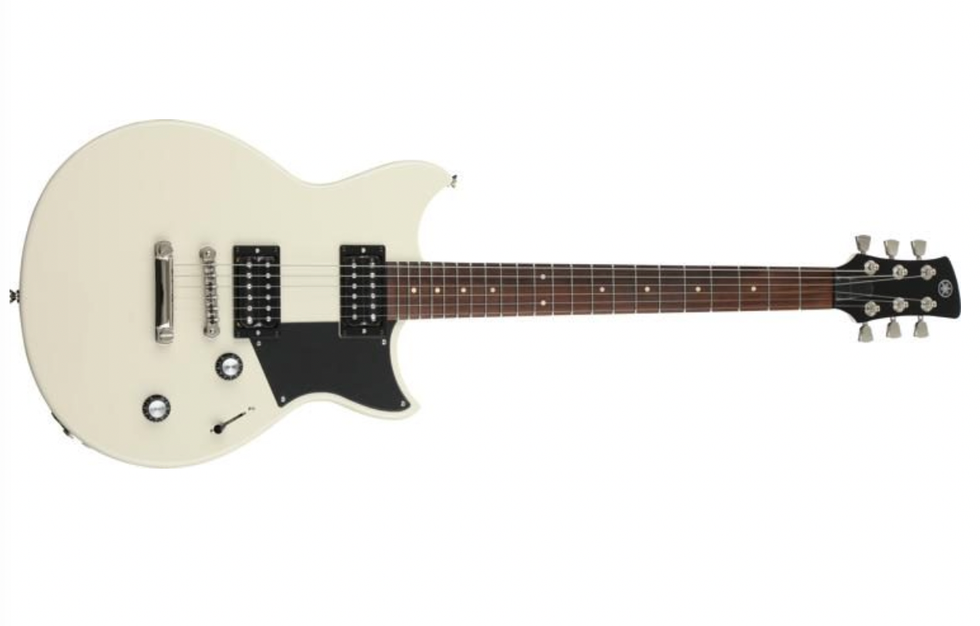
Inspired by the design style the company uses in their high-end motorcycles, this nato-bodied model comes in at the price of a high-end pedal. It features a pair of ceramic YGD humbuckers and a thin neck profile with a rosewood fretboard.
$399 street
